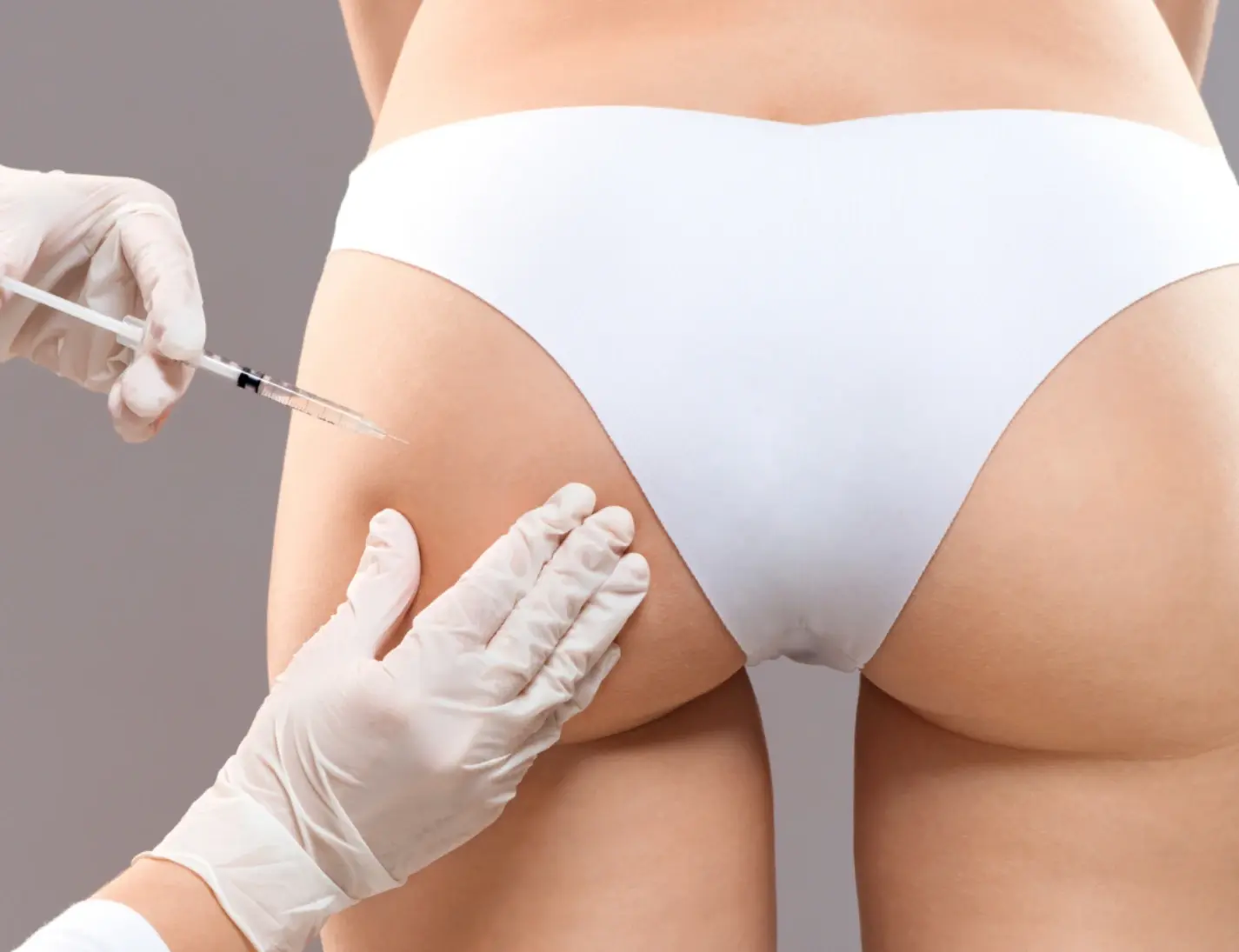
At first, I didn’t ask much. I trusted the process. I just wanted results. But the more I read, the more I wondered. Not just about the surgery—but about after. The discomfort. The healing. The risks. I needed a plan, not just a procedure. Questions became part of the preparation.
What happens if I gain or lose weight after surgery?
I assumed results would last no matter what. But fat shifts with lifestyle. It expands, contracts. The surgeon explained how future changes affect results. Weight loss can deflate the area. Weight gain may distort shape. Surgery freezes a look—but not metabolism. That changed how I planned long term.
Are you using my own fat, or is this a skin-tightening procedure?
Not all buttock lifts use fat. Some remove loose skin. Some add volume. Others sculpt. The surgeon explained the difference. A Brazilian butt lift uses fat transfer. A traditional lift trims excess. They aren’t interchangeable. I needed to know which one fit my goals. The name alone wasn’t enough.
Where will the incisions be, and how visible are the scars?
Placement matters. Not just medically—but personally. Scars fade, but not immediately. I asked about location. Underwear coverage. Scar behavior. Healing expectations. The answer changed how I felt. I wasn’t avoiding scars—I wanted to understand them. Visibility is part of the outcome.
Will I need drains, and if so, how do I care for them?
I didn’t know what a surgical drain looked like. Or how long it stayed. But some procedures require it. The surgeon explained fluid buildup. Drain care. How to clean and monitor output. It wasn’t glamorous—but it was real. I wrote it down. Not dramatic—just part of healing.
What will the first week feel like, hour by hour?
Vague answers didn’t help. I needed specifics. Will I sleep? Will I walk? What hurts? The surgeon broke it down. Day one swelling. Day three soreness. By day five, walking longer. Knowing the timeline made it easier to prepare. The unknown felt less intimidating.
How long will I need to avoid sitting directly?
I knew sitting would be difficult—but not how long. The surgeon explained pressure affects fat survival. Sitting too soon reduces results. I asked about pillows. Positions. Timing. Two weeks minimum. Sometimes more. That answer shaped my routine, even before the procedure.
Will I be able to return to work without anyone noticing?
Not everyone wants to explain cosmetic surgery. I didn’t either. I asked if bruising would show. If movement would seem different. The surgeon didn’t promise invisibility—but gave a timeline. When swelling reduces. When walking feels natural again. It helped me plan leave days. Helped me avoid awkward questions.
What kind of compression garment will I wear, and for how long?
I didn’t even know there’d be one. But compression helps swelling. Supports shape. The surgeon explained fit. How to clean it. How many hours to wear it. How it might feel at night. I expected pain. I didn’t expect a second skin.
How many procedures like this have you performed?
I didn’t want to offend anyone. But I needed to ask. Experience matters. Volume matters. The surgeon answered without hesitation. Numbers. Techniques. Years. Patient stories. It didn’t feel defensive—it felt transparent. That number helped me trust more than anything else.
What happens if I don’t like the result?
It was a hard question. But important. The surgeon explained revisions. Waiting periods. Realistic expectations. No guarantees—but solutions. I wasn’t expecting perfection. I just wanted options if something felt off. That answer helped more than reassurance would have.
What is your policy if there are complications during surgery?
No one wants to imagine problems. But risks exist. I asked directly. What if bleeding happens? What if fat enters the bloodstream? The surgeon explained safety protocols. How they monitor. What’s in place. The answer wasn’t fear—it was preparedness.
